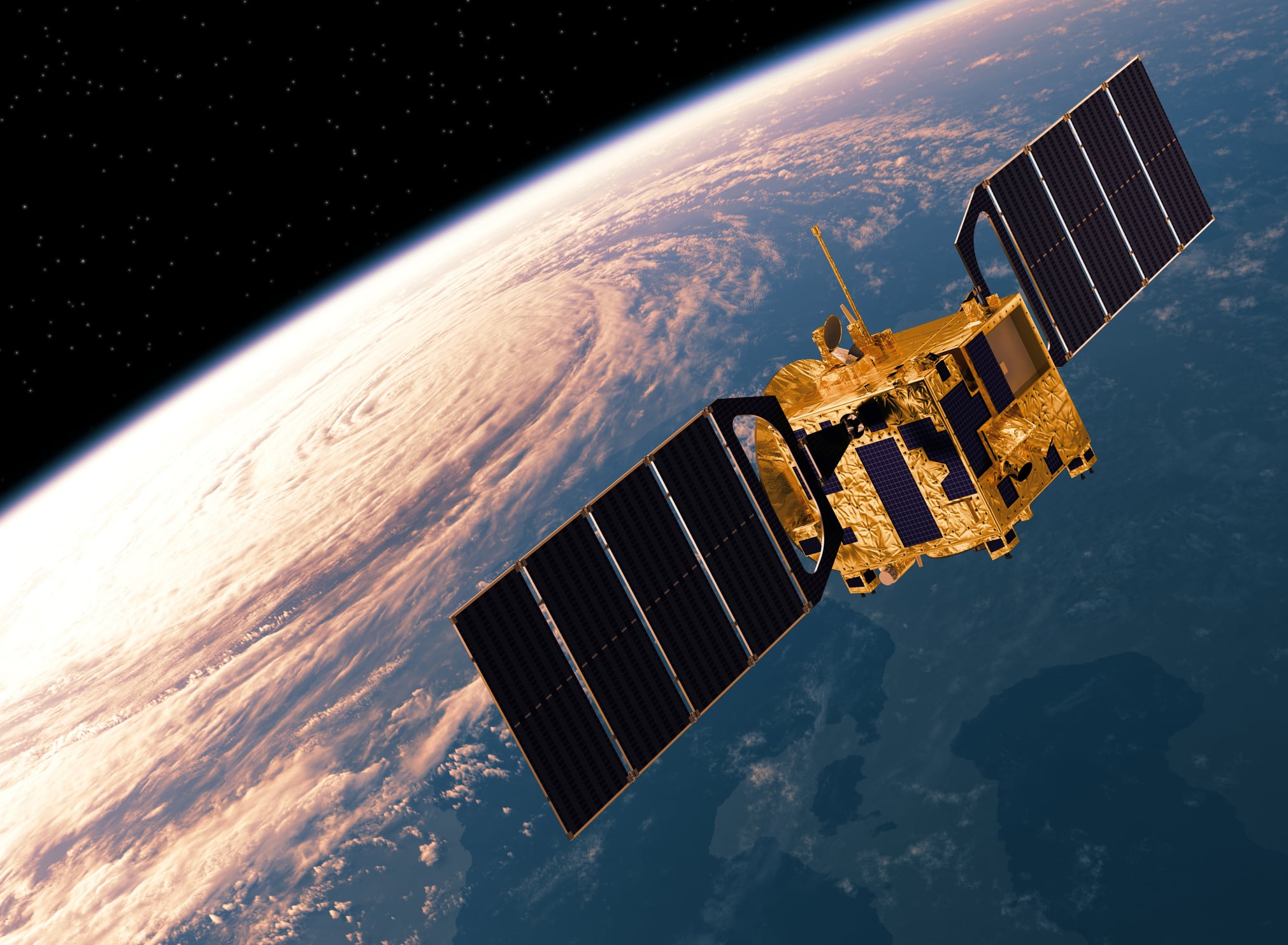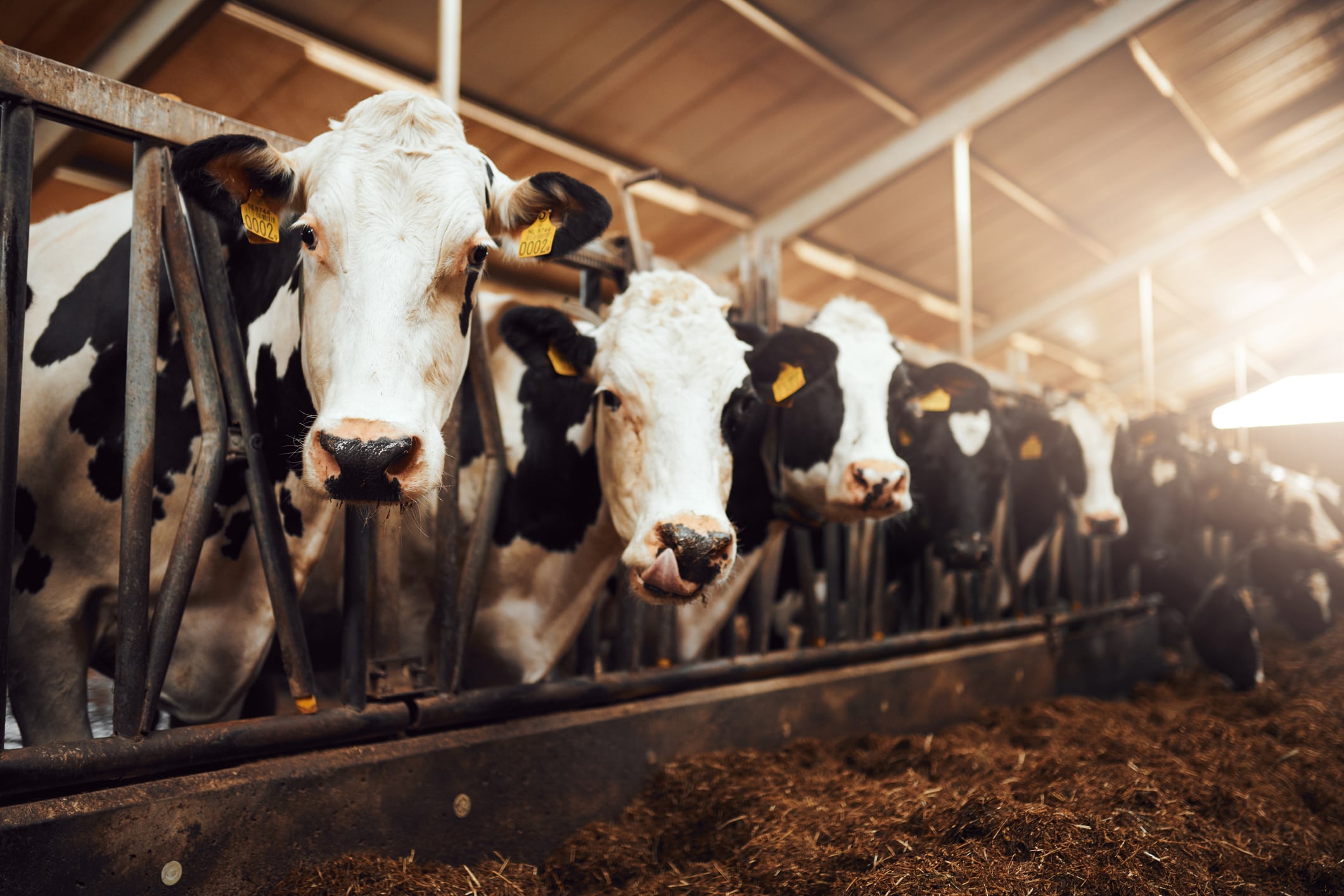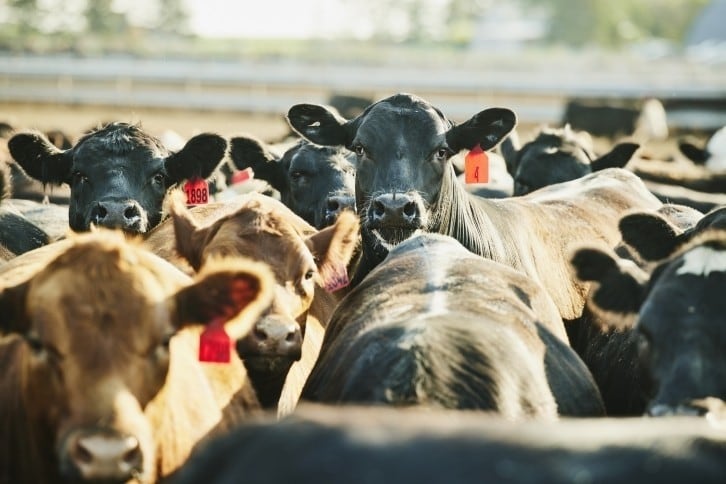Key takeaways
- The Time2Graze project leverages satellite technology to enhance sustainable pasture-based cattle farming.
- Satellite monitoring will enable farmers to optimize grazing and reduce enteric methane emissions, which are a significant contributor to climate change.
- The project involves collaboration among 35 organizations to develop decision support tools and trial sites for effective grazing management.
Emissions from pasture-grazed cattle are difficult to monitor and manage because of the less-controlled nature of this farming system. From managing animal diets to regulating grazing intensity, there is a myriad of challenges for both dairy and beef producers.
But a ground-breaking global project launching today will harness the power of satellite technology to foster a more sustainable era for pasture-based cattle farming.
Helmed by the Global Methane Hub, Time2Graze uses satellites to track pasture levels in Latin America and Africa, providing near-realtime estimates of grassland levels to help farmers on the ground graze their cows more efficiently.
Pasture availability and digestibility impacts both milk and meat output but also enteric methane emissions – with minor improvements in feed digestibility leading to big wins for sustainability.
Santiago Fariña, Global Methane Hub Program Officer for Agriculture-Livestock, told us: “Decreasing methane emissions leads to increased food sustainability, and so Global Methane Hub initiated this project in partnership with four leading research and extension organizations to address the urgent need to improve grazing management in livestock systems.
“Optimizing pasture use offers a major opportunity to boost productivity and cut methane emissions: inefficient grazing results in productivity as low as 40% of its potential and 98% of enteric methane emissions come from systems that include some grazing.”
The Time2Graze project brings together 35 organizations to develop practical, farmer-focused solutions to improving productivity and cutting livestock emissions. These organizations include Global Pasture Watch, OpenGeoHub, several universities and research institutes, as well as associations of livestock farmers in the targeted countries.
The project will also involve the development of a remote sensing data system for tropical and temperate Latin America and Africa, led by the World Resources Institute. Three regional decision support tools for farmers will then be developed by the International Center for Tropical Agriculture, Uruguay’s National Agriculture Research Institute, and WWF.
Seven country-specific decision support tools with 115 on-farm trial sites are also being developed.
“While satellites have been used in agriculture for crop monitoring, this is the first large-scale international effort to harness remote sensing specifically for grazing management of beef and dairy systems and methane reduction,” Fariña added.
“The Time2Graze project will provide near-realtime grassland biomass data and integrate it into decision support tools for farmers. This combination of satellite monitoring and direct farmer engagement in the development of such tools is highly innovative and a potential game-changer, especially for farmers with limited resources.”
As for why the project’s scope covers Latin America and Africa, that’s because 80% of methane emissions from livestock comes from the Global South.
“Particularly in Latin America and Africa, dairy and beef production relies predominantly on pastures as the main source of feed,” he told us.
“By improving pasture harvest and digestibility through improved grazing practices, farmers can simultaneously increase productivity, be more resilient and reduce emissions at scale. Even a 10% improvement in feed digestibility can reduce methane emissions by up to 20%.
“This is important not just in the Global South, but the world over, because reducing methane is the single fastest way to reverse global temperature rises as it is 86 times more potent than CO2 yet also short-lived in the atmosphere.”
“If methane emissions are reduced now, atmospheric methane could decrease dramatically in just 10 years.”
Santiago Fariña, Global Methane Hub
So how does the technology work exactly?
Sentinel-2 satellites capture biomass data at 10x10 meter resolution every five days, allowing near-real-time monitoring of pasture biomass availability in the grazing area (average pasture cover, also known as “stock”) and how fast it is growing (daily growth rate), we were told.
“This data feeds into locally-adapted decision support tools that guide farmers on when and where to graze for optimal nutrition and productivity, and minimal impact on soils,” Fariña said. “The tools will also integrate methane intensity estimates to support emissions reporting and regional/national climate strategies.”
There will be 115 on-farm trial sites across seven countries with a dual purpose: to provide ‘ground truth’ for satellite estimations (“This means taking manual samples of grass in order to train the algorithms that will convert images into kilograms of pasture,” Fariña explained) and to serve as field tests for farmers, advisors, and extension workers acting as test-users of the prototype decision support tools and providing feedback for its development.
“This new technology has very high resolution, which means that you can know exactly how much grass you have in a patch of 10m by 10m. Hence, even intensive pasture-based dairy farms or mixed systems can benefit from its use.
“Also, the technology is designed to estimate pasture biomass, regardless of how it is utilized: so confined farming systems that cut and harvest pasture to produce forage reserves can also benefit from more frequent information of higher resolution, not only the ones that have cows grazing outdoors.”
In a nutshell, the system is designed to be scalable and adaptable, with regional calibration to reflect local pasture types and conditions.
“We are exploring the future addition of Indonesia as a new country to the Time2Graze project, since grazing systems are being explored there to overcome the non-sustainable urban dairy production,” Fariña concluded.

We want to hear what you think! Take our short, anonymous sustainability survey - and we'll make a donation to Farm Africa
Is the food and drink industry doing enough when it comes to sustainability? Where are the causes for celebration - and what are the challenges and concerns?
We want to know what you think! This short, anonymous poll will take just a couple of minutes to complete: yet your thoughts will help us take a global pulse check of what matters most as we look to shape a more sustainable future for the F&B industry.
And for every survey completed, we'll make a donation to Farm Africa: a charity that reduces poverty in eastern Africa by helping farmers grow more, sell more and protect the environment for years to come (up to a maximum amount).




